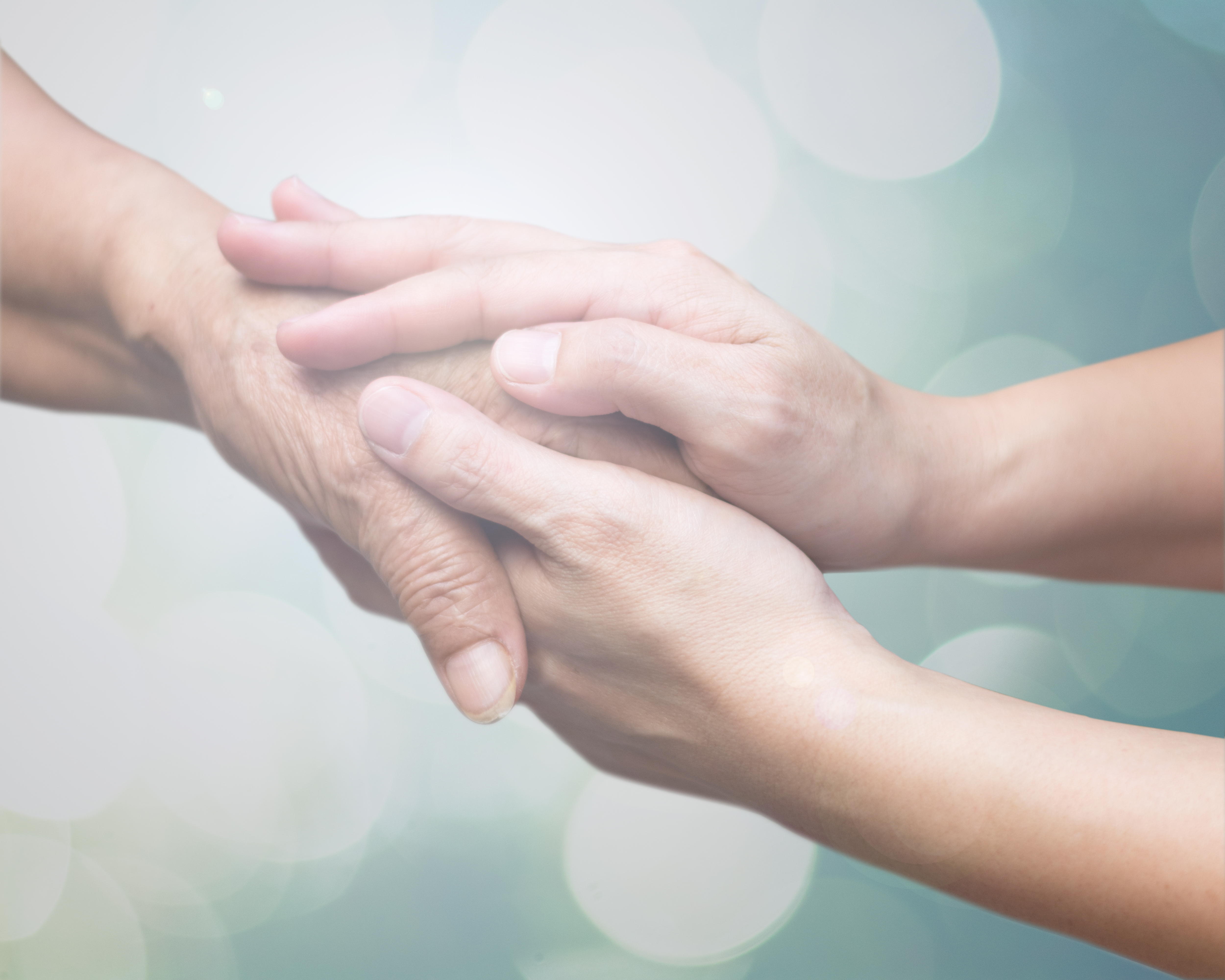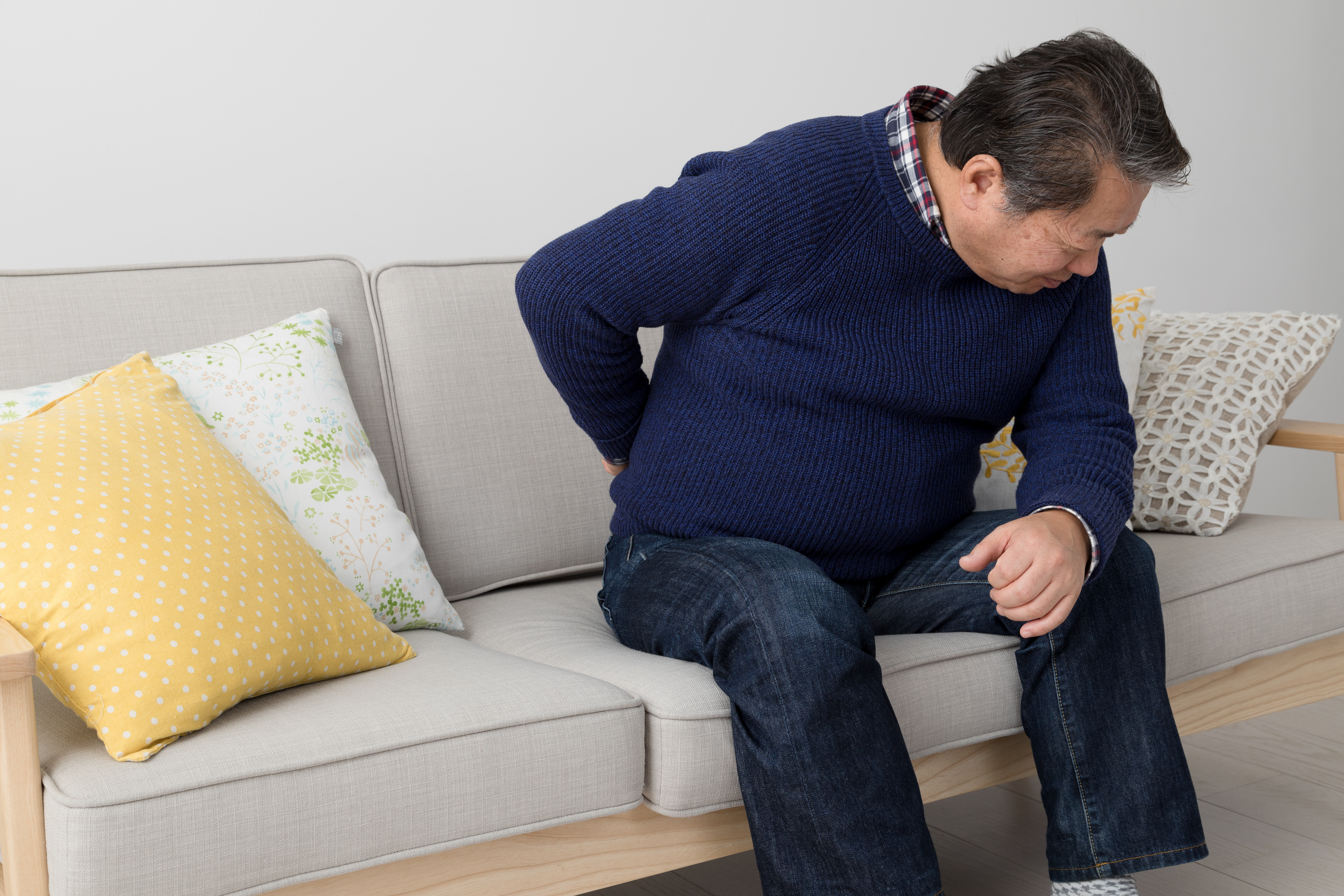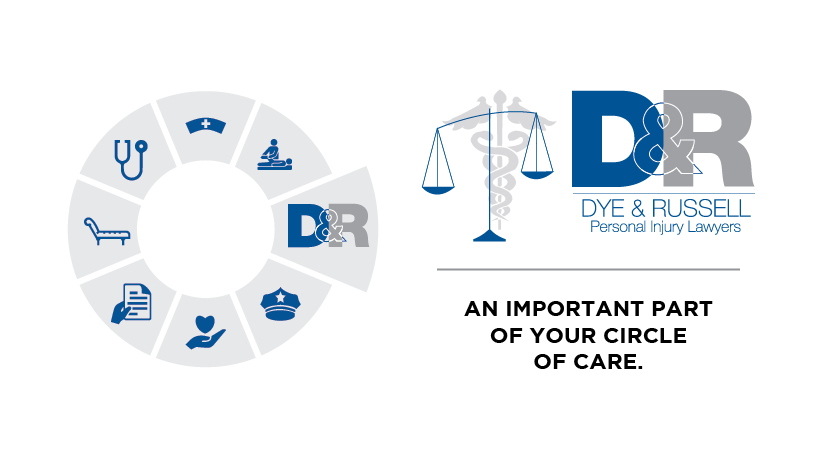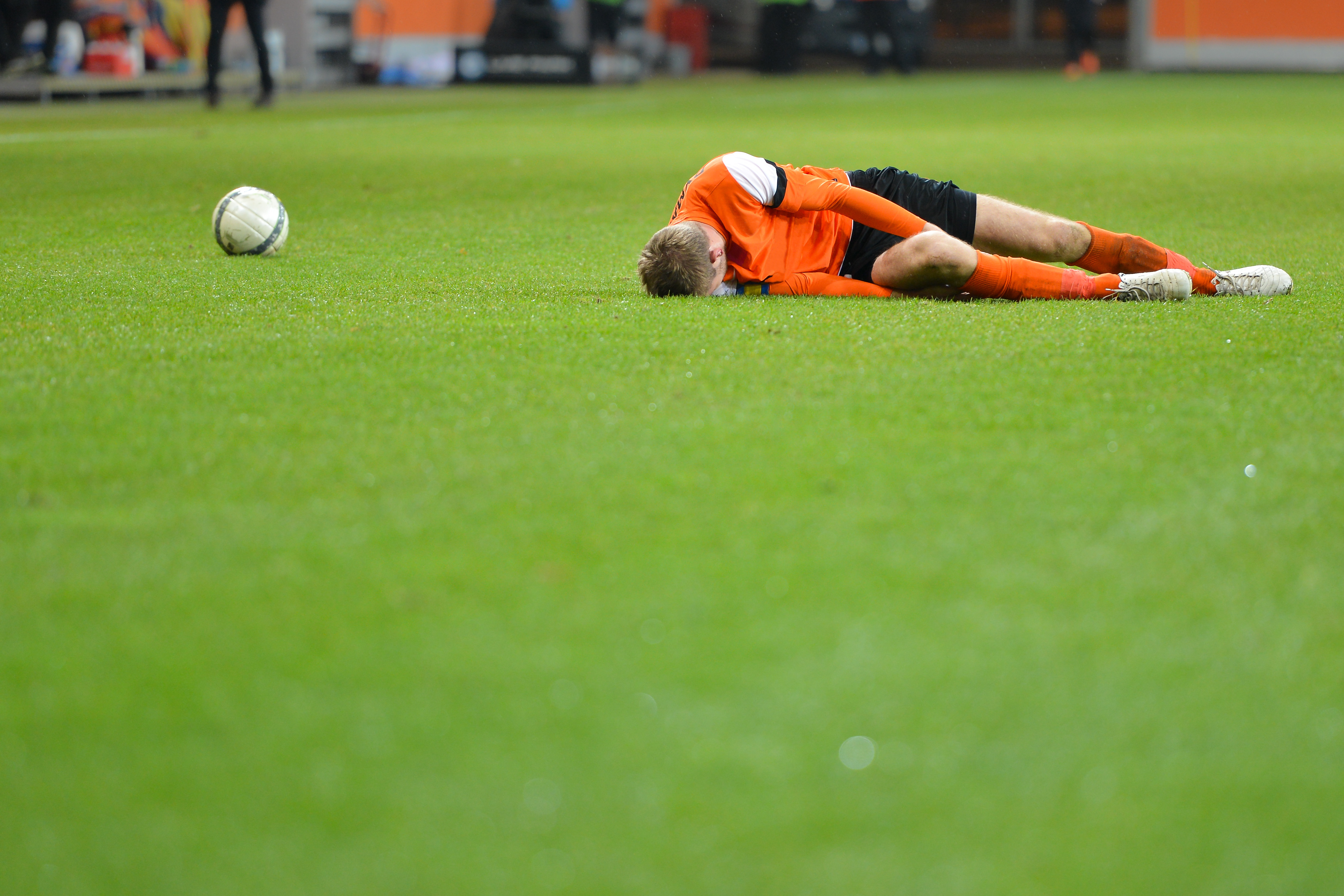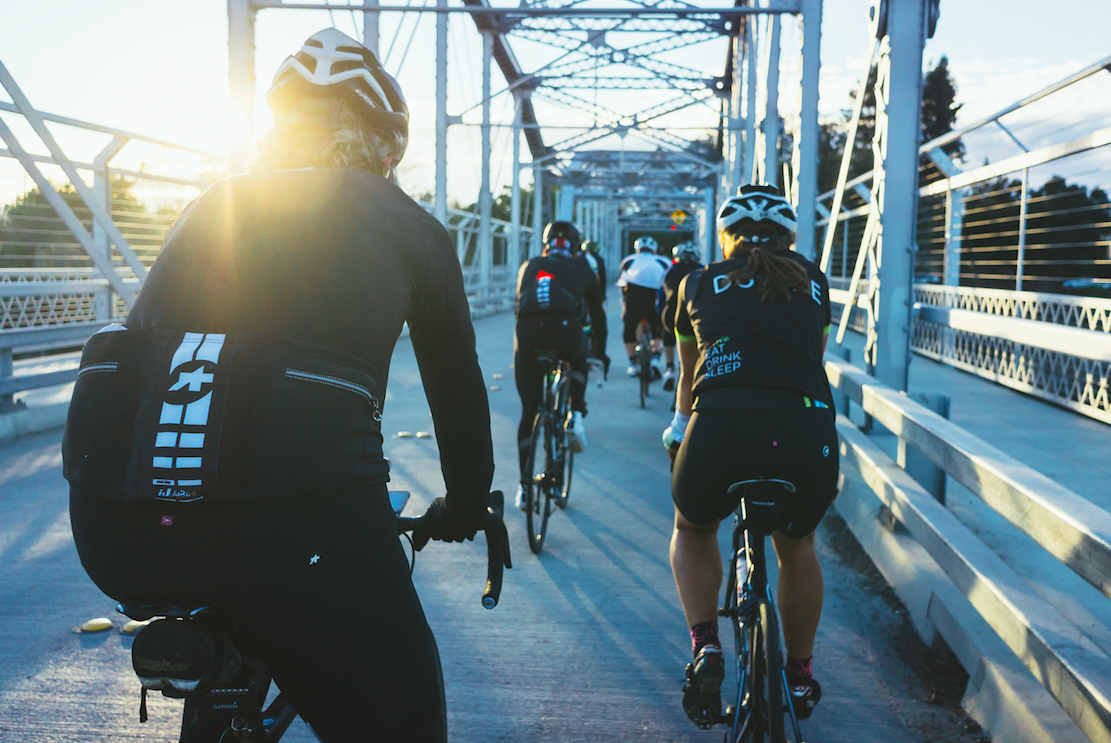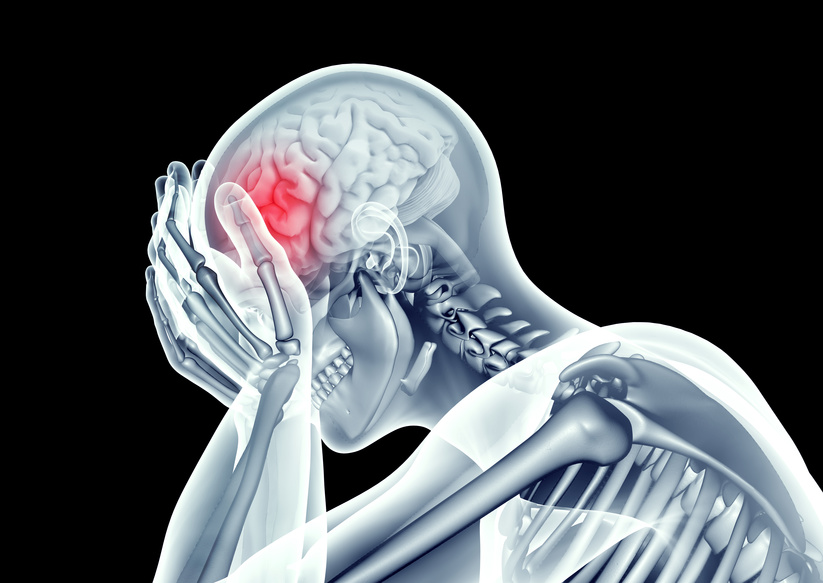When you become a caregiver, often it’s your own needs that quickly take a backseat in order to put those you care about first. However, taking care of your own well-being is essential to be able to continue caring for those who rely on you, and as we practice self-care the person you care for benefits as well.
Taking small steps to maintain your well-being is essential. Here are some simple steps from the Family Caregiver Alliance you can take as a caregiver to help keep you burning bright instead of burning out.
1. Reduce stress
Stress stems from many different avenues, and it’s important to be cognizant of stress in your life, the forms it takes in your actions, where it comes from and what part of those stressors you can change. Next, explore de-stressing activities until you find one that works for you. Meditation, taking a walk, regular exercise or chatting with friends are all things you can try.
2. Take care of your physical health
You’re so focused on others’ physical health it can be easy to forget your own. Give your body the fuel it needs by making a full night’s sleep and eating nutritious food a daily priority. Incorporating exercise into your routine is important as well, even if for just 10 minutes a day. In addition to daily actions to take care of your personal health taking time to see a physician when you need to is crucial. Make your appointments at convenient times and go prepared with all your questions.
3. Seek and accept support
Knowing when you need help is a sign of strength. When it comes to needing support with your caregiving, break down things you need help with into simple tasks so it’s clear and easy for others to understand how to help you, or what you’re asking for. For example, you’re overwhelmed and cooking takes up a lot of your time. You could ask a friend who offered assistance to help you with preparing meals once a week. Seeking emotional support is also important as well. There is no shame in reaching out to friends, counselors or support groups when you need someone to talk to.
4. Be cognizant of your feelings/mind set
Since caregiving can be a very emotional it’s important to recognize what you are feeling. You are allowed to have a range of emotions about your life as a caregiver. Recognize what they are and if they become overwhelming or intense seek support and reduce stress. Changing your mindset can have a huge impact on your emotions. If you have an overly negative view of your situation try to change it.
5. Set goals
Starting a journey of self-care is a positive change but a life change nonetheless. Whether you are starting from the very beginning, or you want to improve your existing self-care, the change you seek to make in your life can fall away from your attention if you don’t keep yourself accountable. Setting goals and sticking to them is a great way to do this. Break down your goals into smaller achievable ones that will help you get there.
If you have been injured, and need legal assistance, call #1000 on your cell phone for free. We will offer you a free claim assessment.

